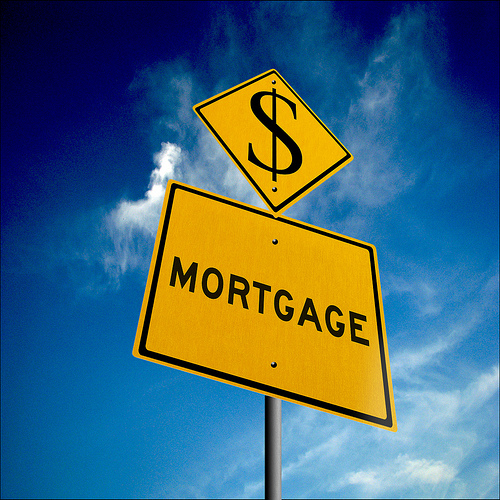The mortgage crisis that began in 2007 resulted in many U.S. homeowners unable to afford their monthly payments due to the bank’s sudden increase on their adjustable rate loans. President Obama introduced the Home Affordable Refinance Program (HARP) in 2009 as an aid to those homeowners who are up to date with their Fannie Mae or Freddie Mac mortgage payments, but did so with a great deal of struggle. As part of The Making Home Affordable Program, HARP allows homeowners to refinance their mortgage to a lower interest rate even if the market value of their home has dropped.

In order to qualify for HARP, you must have met the following requirements:
- The mortgage must be owned or guaranteed by Freddie Mac or Fannie Mae;
- The mortgage must have been sold to Fannie Mae or Freddie Mac on or before May 31, 2009;
- The mortgage cannot have been refinanced under HARP previously unless it is a Fannie Mae loan that was refinanced under HARP from March-May, 2009;
- The current loan-to-value (LTV) ratio must be greater than 80%; and
- The borrower must be current on the mortgage at the time of the refinance, with a good payment history in the past 12 months.
HARP 2.0
Due to equity guideline changes as of March 2012, the requirements for individuals to take part in HARP have changed significantly. This program is more commonly known as HARP 2.0. One of the more important changes to the guidelines was the removal of the (LTV) equity requirements. Many were turned down or did not qualify for the original HARP program due to the fact that the percentage of equity their home had established was significantly lower than the current loan balance. This change will allow HARP to offer more homeowners:
- Lower monthly interest rate
- Lower monthly payment.
- Reduced term of the mortgage.
- A more stable loan than the prior adjustable/interest only loan
Homeowners who have struggled through the crisis with missed payments or late payments within twelve months can now also find relief through the HARP modification program. The regulations within the new program seem to be more lax allowing more home owners to take advantage of what HARP offers.
In doing so, more consumers will be able to continue saving and spending reasonably in order to stimulate the drowning economy. The HARP program has been extended through to December 31, 2013 for U.S. homeowners who meet these requirements in hopes that the nation’s current economic status will rise once again. Contact a housing adviser approved by the U.S. Department Housing and Urban Development at 1-888-995-4673 for more information.
Limits
Unfortunately, even with all the underlying qualifications being met, homeowners also must be approved by the bank’s Automated Underwriting System (AUS). Fannie Mae’s AUS is called Desktop Underwriter and Freddie Mac’s is called Loan Prospector. Each system will review the homeowner’s loan history and will alert the bank of the borrower’s risk status. Risk classifications are: Approve/Eligible, EAI, EAII, EAIII, or REFER w CAUTION. Homeowners with a “Approve/Eligible” classification will be accepted by banks participating in the HARP program, however, not all EAI, EAII, EAIII, or REFER w CAUTION are guaranteed approval.
Generally EAI have credit scores of 620-680, EAII/EAIII have credit scores of 600-660. Anything below is going to be REFER w CAUTION. Be aware not only credit scores go into risk classification for HARP loans.
Jefferey Atkins is a freelance writer on behalf of Allied Mortgage Direct, where you can get more information on HARP.

